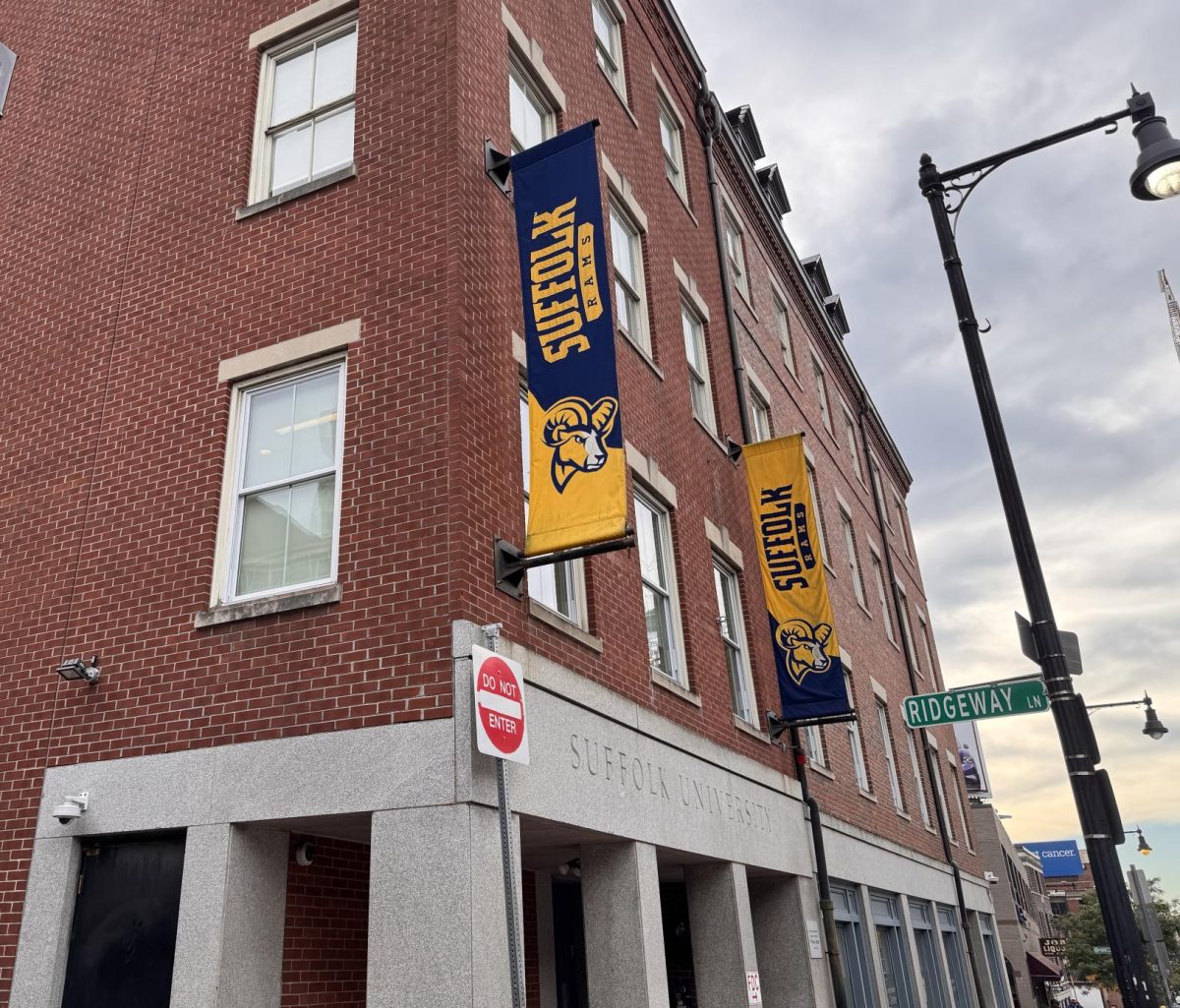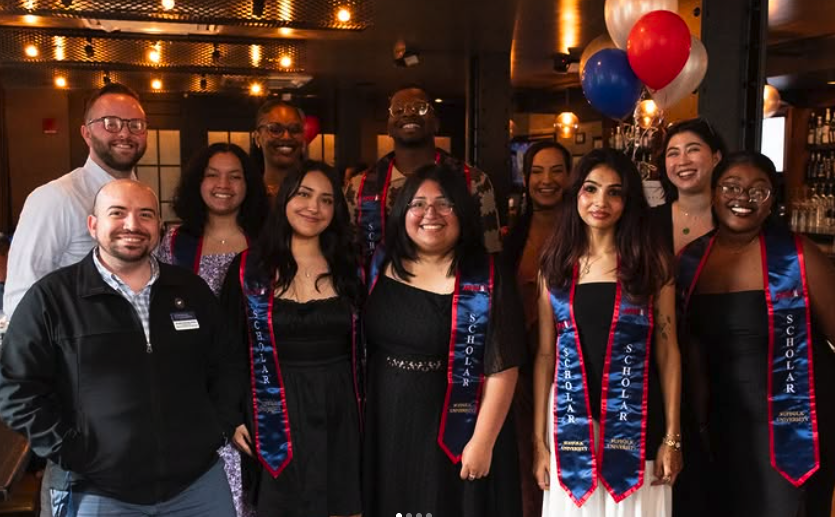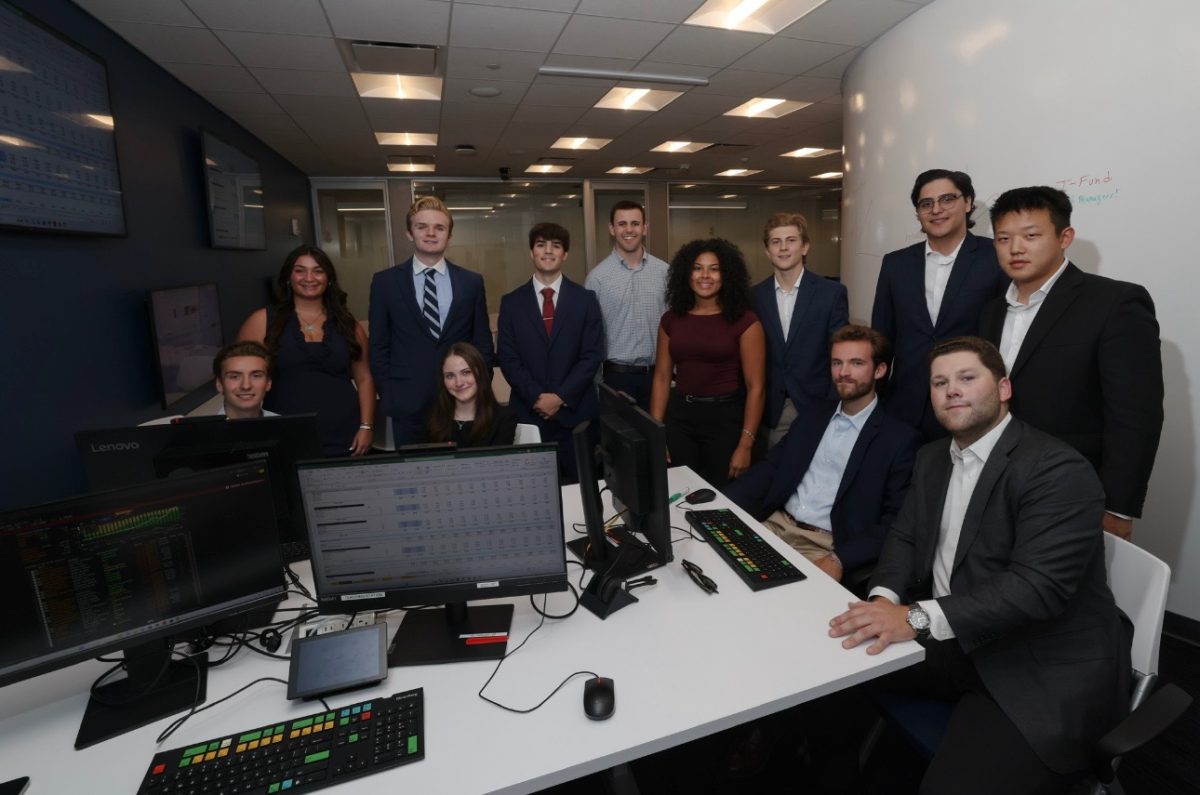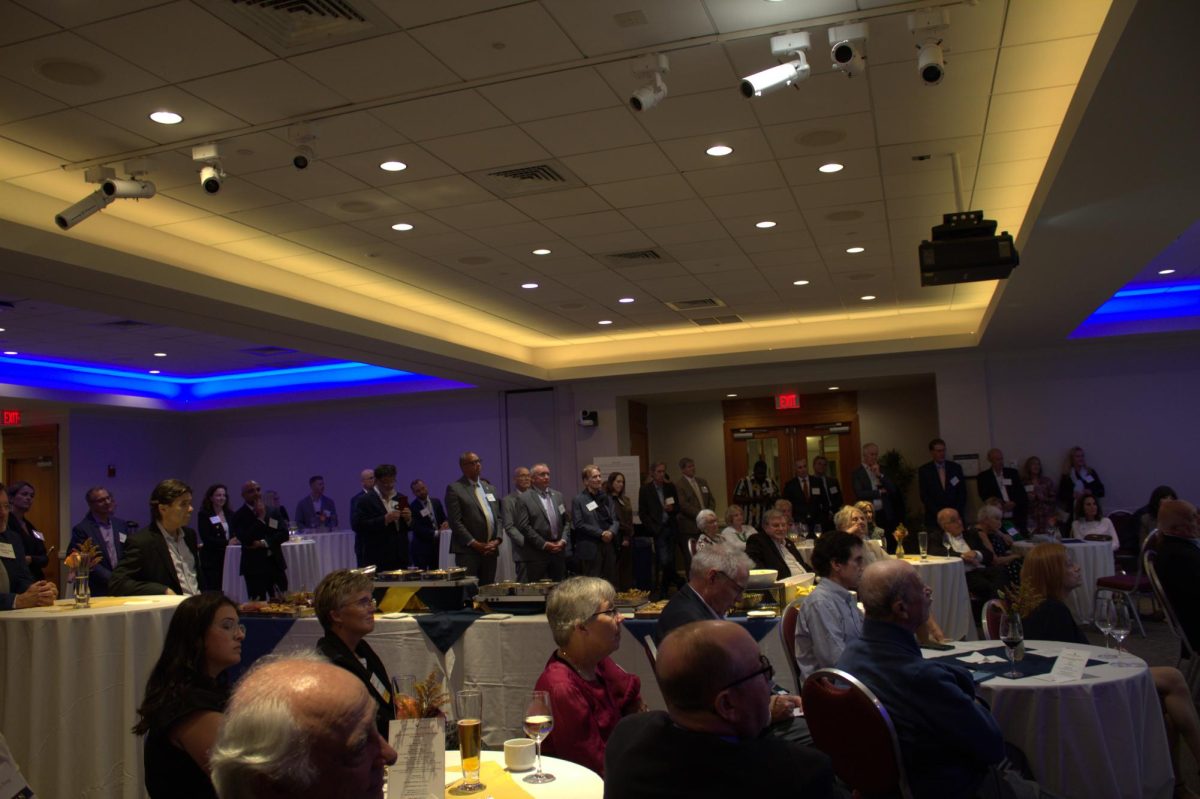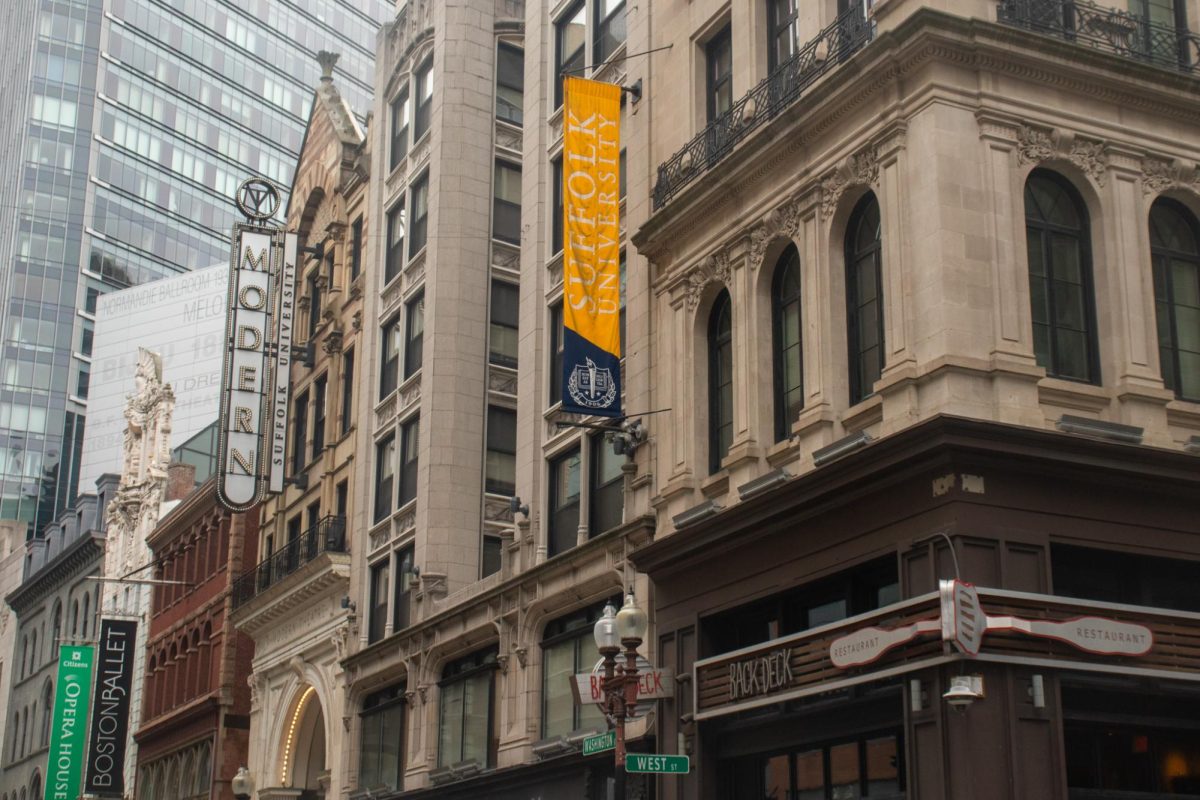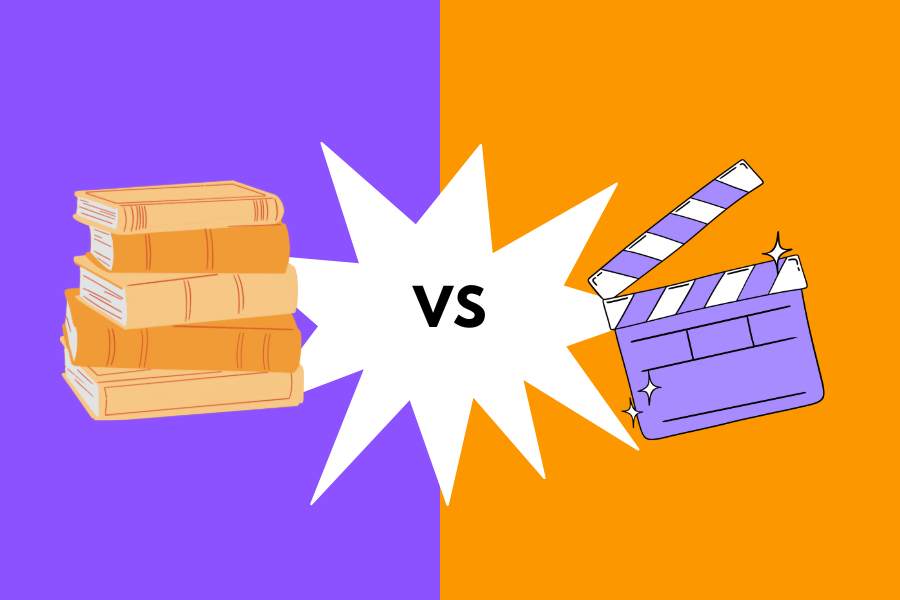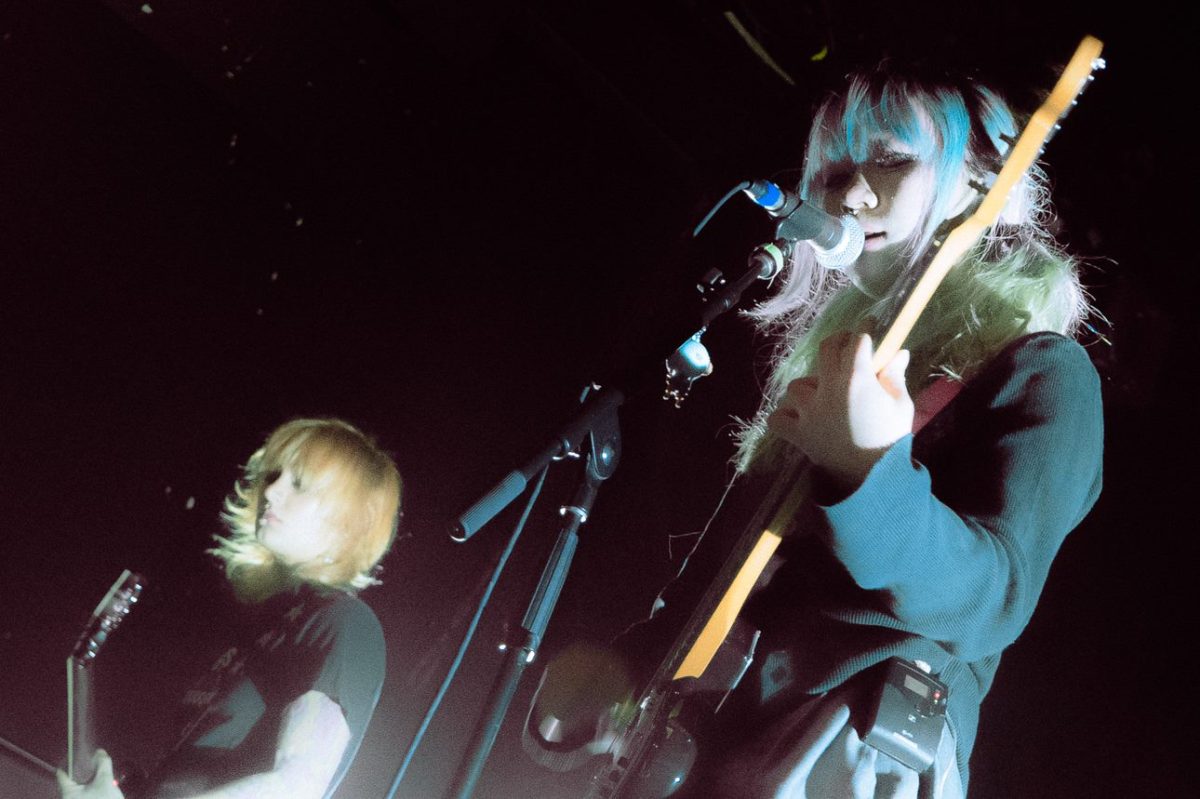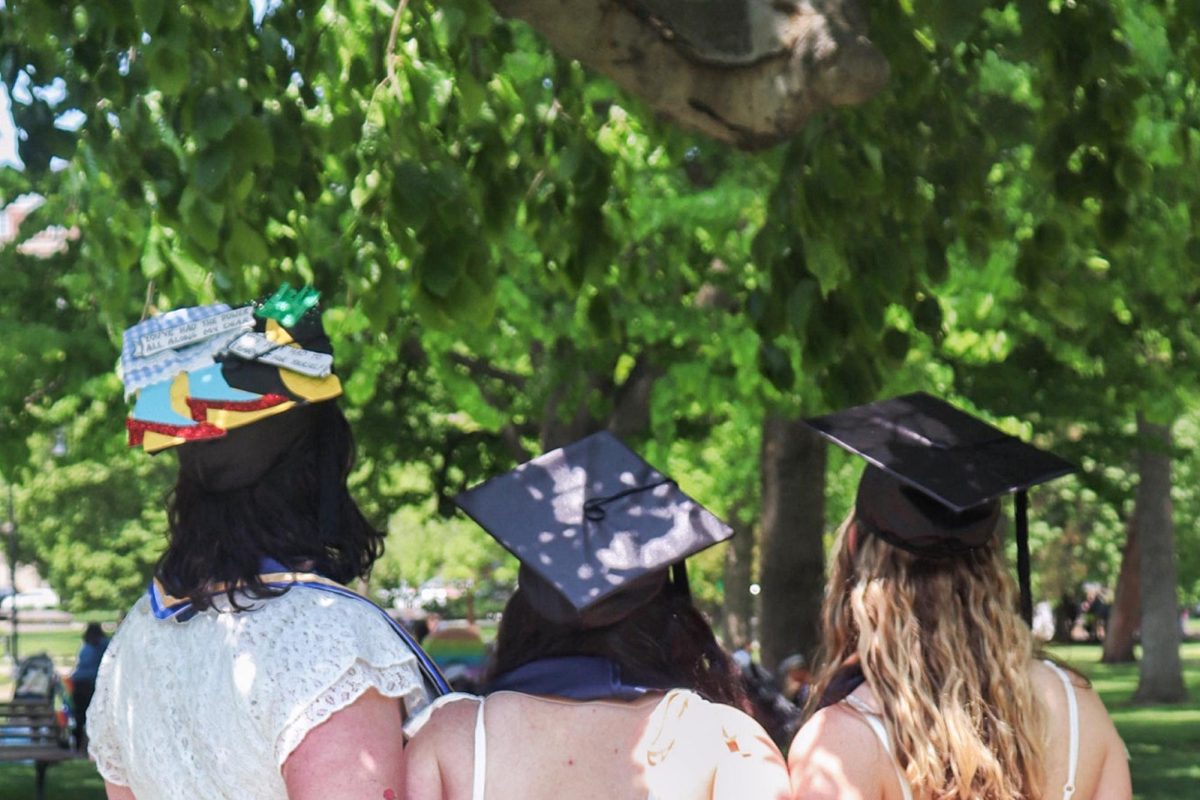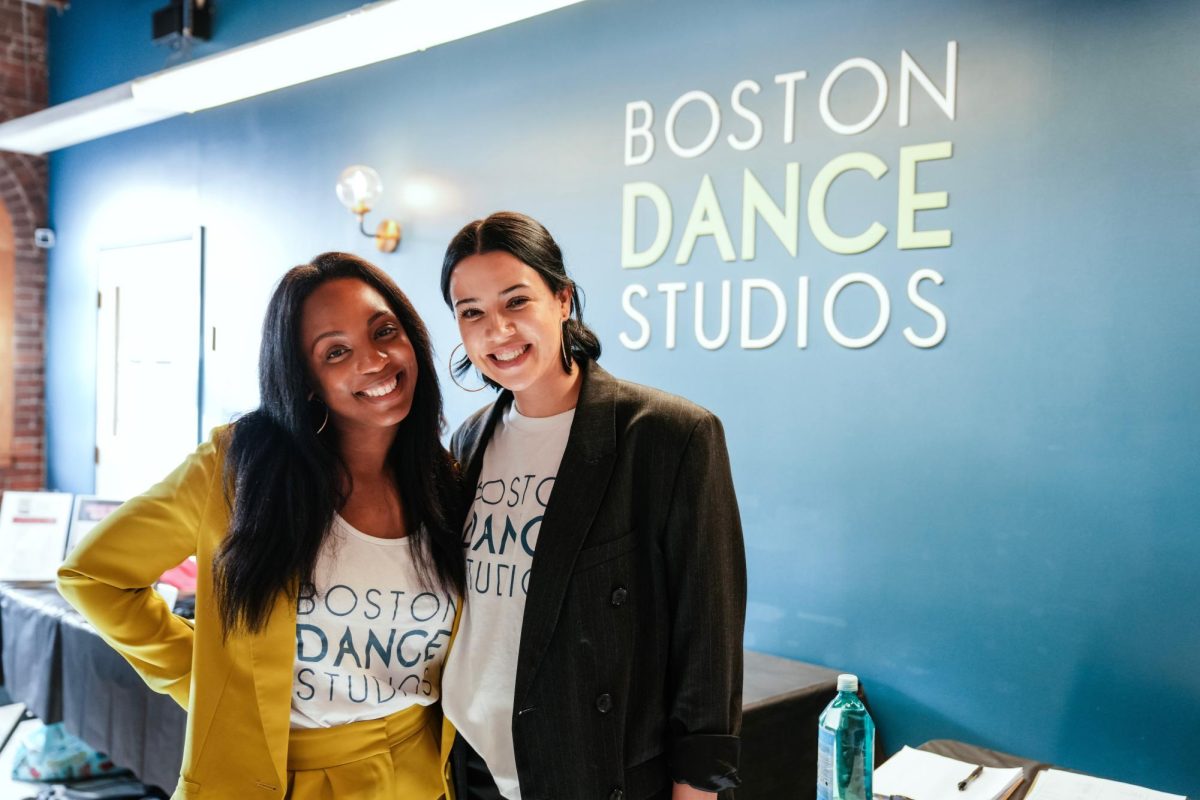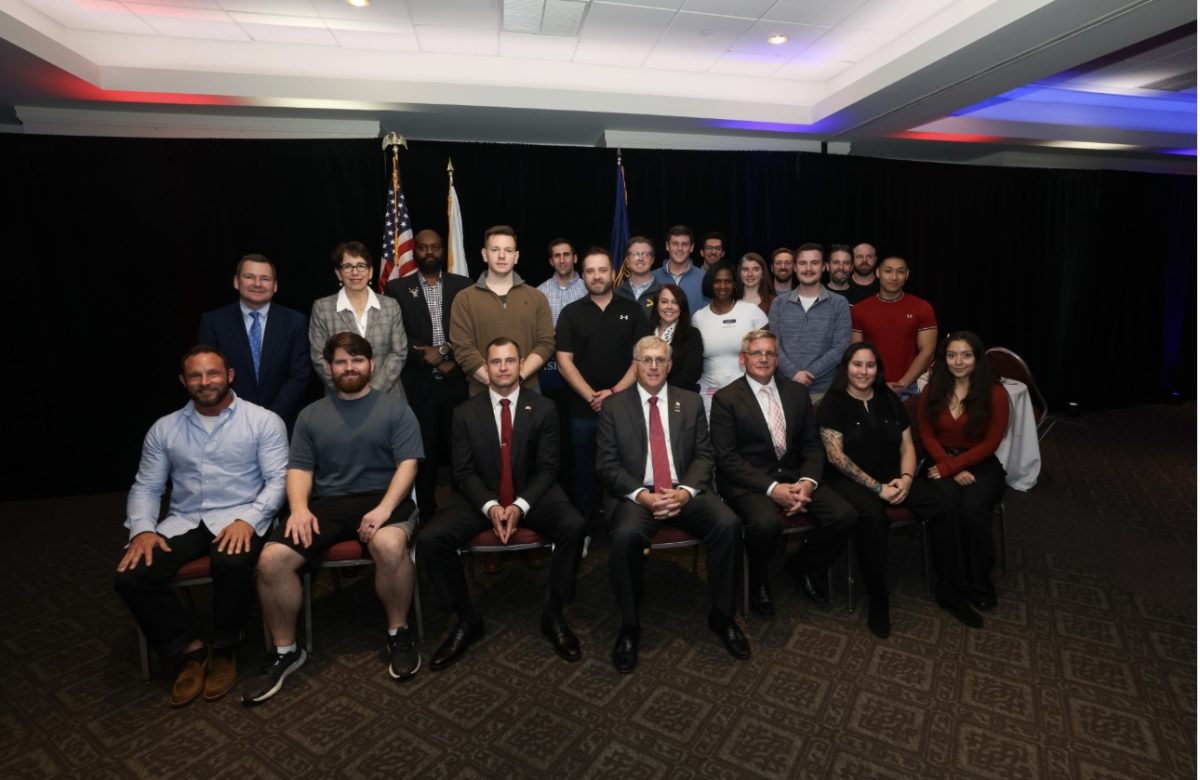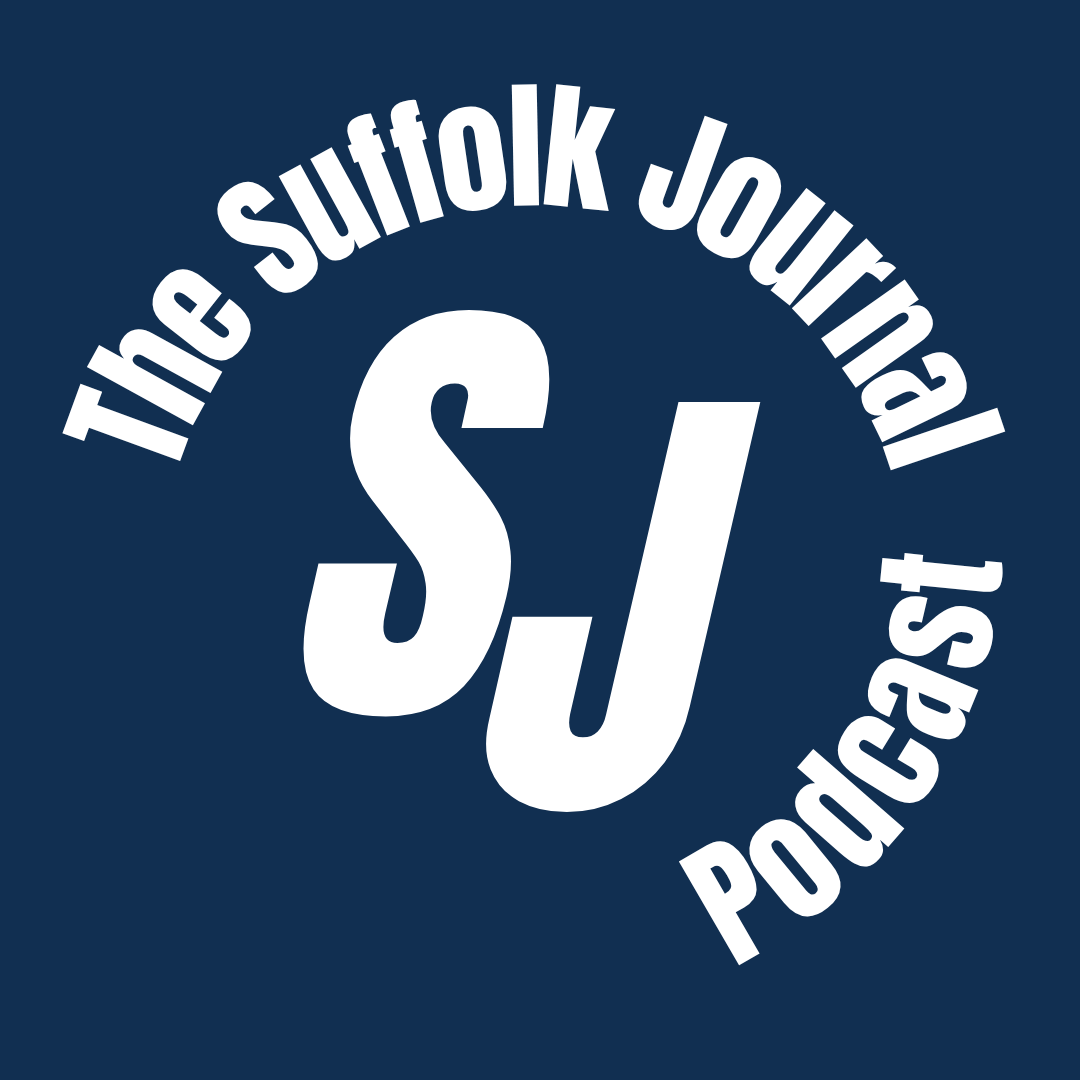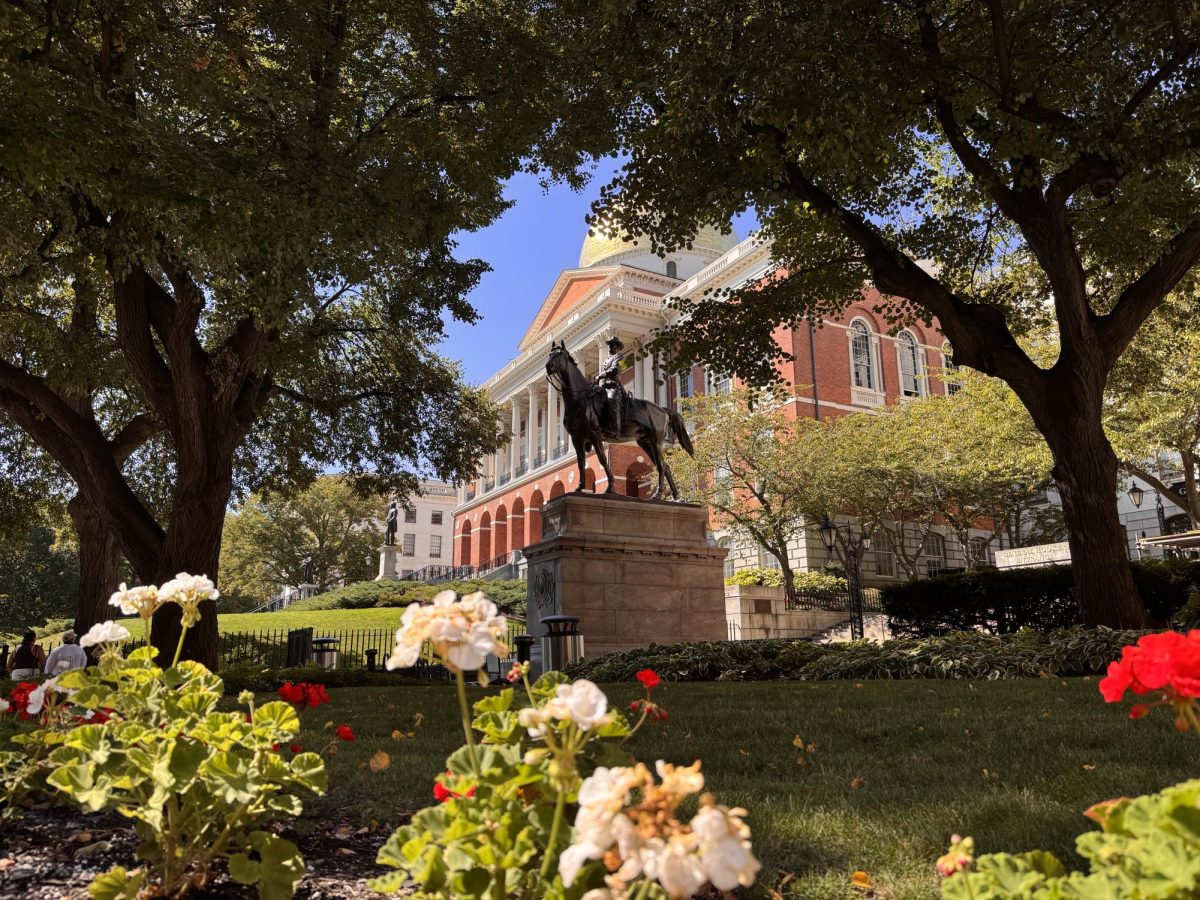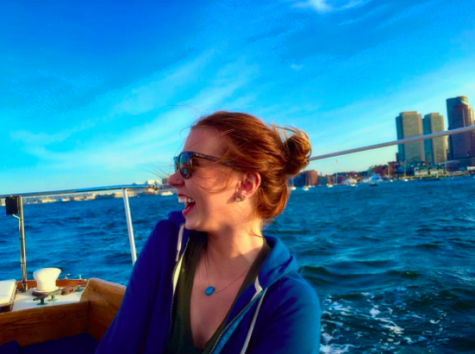Grey clouds and light rain cast a dim mood into the window of Lisa French’s office. She is the program director of the newly created illustration major at New England School of Art and Design at Suffolk University. The major, much to her surprise, will no longer be offered to new students.
French was notified via email at the end of September regarding the decision.
“It was out of the blue,” she said. The email was from the Dean of the College of Arts and Sciences, Kenneth Greenberg, and said “there will no longer be any new illustration majors.” It also asked French to submit a list of current illustration majors. The email also clarified that both the dean and chair of CAS are “committed to the education of the current students in the illustration major.”

Any sort of concern, regret, or explanation for the program’s discontinuation was not included in the dean’s email, French explained.
“I know it’s a small program, and I know that we are financially pressured,” she said. “It’s a new program, it’s hard to understand why a university would not give it a chance to really grow.”
Shocked by this news, French was not sure what her next move would be.
“I didn’t tell the students at first. I got this email, and then I started to go about trying to find out and confirm the illustration majors,” French said. The number she came to at the time did not include freshmen.
Before she was able to send a list of illustration students, including undeclared freshmen, to the dean, “the chair sent an announcement via email to the illustration majors, but not the freshmen.” French said, “that created a lot of confusion for the students … they had this feeling of concern.”
French then tried to find out if she should contact the freshmen herself.
“I couldn’t get an answer,” she said. With word traveling through the grapevine, more uncertainty and confusion was aroused. “Finally, I did send them an email,” she said.
The next day, French finally got confirmation that the freshman would be allowed to continue in the program.
The illustration major is relatively new, despite the decision to cut it short. “It started when I came here in fall 2011,” French said, “In that semester, the first freshmen entered.”
This means the major will only see its first group of graduates in the spring.
Until the rest of the illustration students graduate, French refers to this as a “teach out.” Although the dean and chair are allowing students to finish and are providing the means and support to do so, “after that, I have no idea. I have no idea beyond that,” said French.
French explained the importance of the illustration program at NESAD.
“If you have a graphic design program, if you have a fine arts program, it really makes sense to have an illustration program,” she said, noting that if Suffolk does not offer one, students will seek schooling elsewhere.
When asked to approximate the number of illustration majors currently at Suffolk, French guessed “18 or 19 … and about seven or eight minors.”
French was told there will still be an illustration minor.
“There will continue to be illustration courses … if a student wanted to major in graphic design, they could very easily minor in illustration,” Audrey Goldstein, a chairperson at NESAD, said during a phone interview.
Nika Patterson, a junior at NESAD and illustration major, has big dreams for her future.
“I want to become a comic book writer. I want to work for Marvel Comics,” Patterson said.
Originally from Colorado, she came to Boston because of what NESAD had to offer with its brand new illustration program.
“It’s a confusing thing to hear in the middle of the week. Like you’re working on your homework and you get an email saying your degree isn’t going to exist in four years,” Patterson said.
After graduation, having a degree with a major that has “died out” makes it increasingly competitive to get a job when it’s compared to an illustration degree from other renowned art schools, according to Patterson.
“It’s scary to think about what’s going to happen in the future if Suffolk is so willing to cut a program that’s in its developmental stage,” Patterson said.
What made this new program really interesting for French was the relationship between NESAD and the university. “Other art schools are not situated at a liberal arts university like Suffolk,” she said.
Illustration is an “interdisciplinary” study, which gives it the opportunity to collaborate with unrelated majors, like business or creative writing.
“I think it’s a real shame that they decided to shut this down before they could even see what could really happen,” said French.


